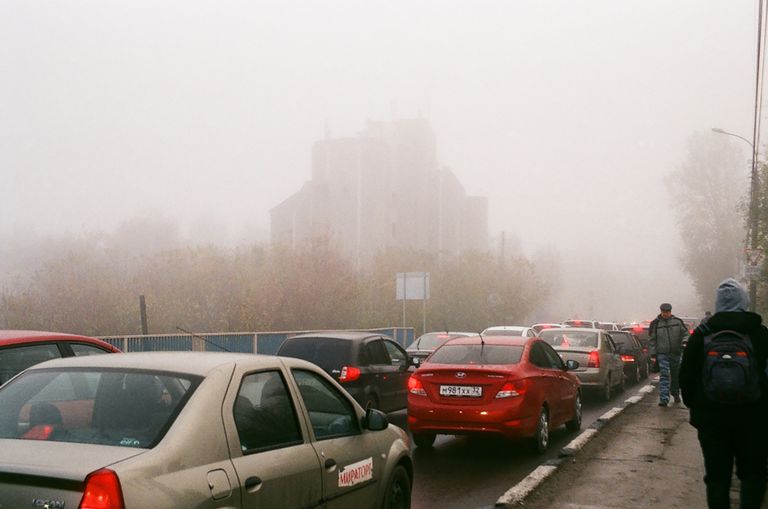The population in Dhaka city is increasing day by day. People of all walks of life are coming towards this capital city for the cause of earning better livelihood. Nowadays, traffic jam has become a very common matter in the big cities. Everybody thinks that all the problems will be solved if somebody can manage to come to this city. Even during this pandemic, traffic jam is observed in many important intersections of the city.
There are many reasons behind trafficjam in our country.
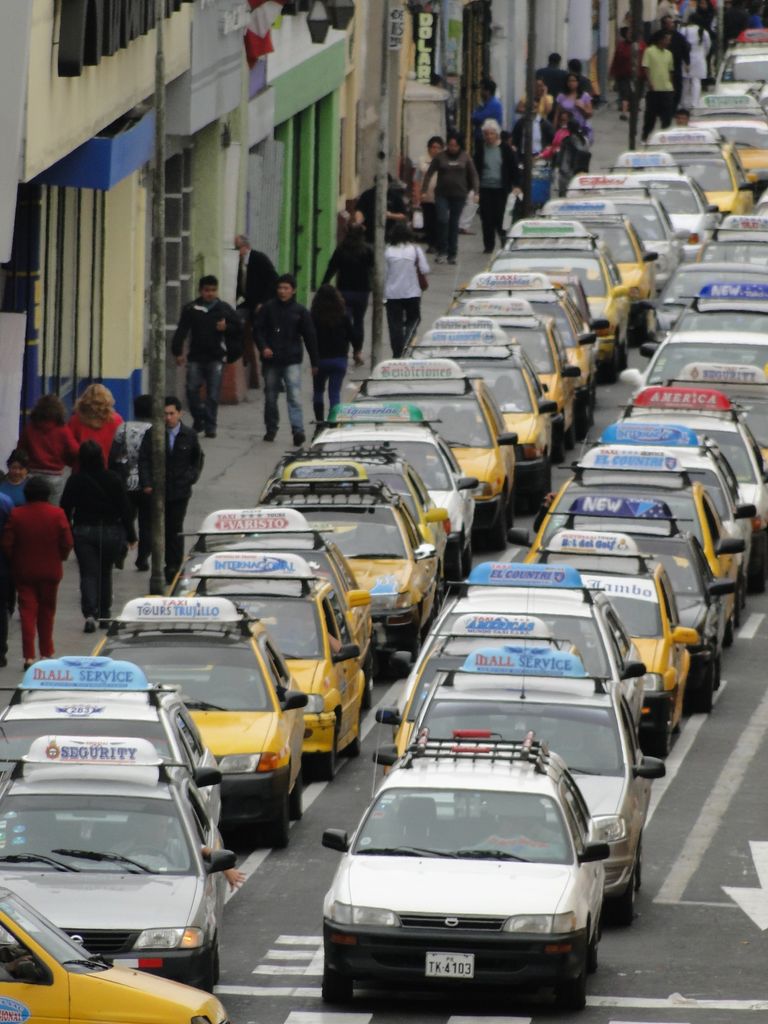
Many construction works are going on in the city. Constructions of Metro Rail, repair, maintenance of sewage line, construction and repair of drainage systems are few of those works. Due to heavy rain, many areas and roads are becoming waterlogged which multiplies people’s sufferings due to traffic jam.
The main reasons are over population, unplanned city structure, over vehicles, unlicensed vehicles, narrowness of the roads, overtaking tendency ect.
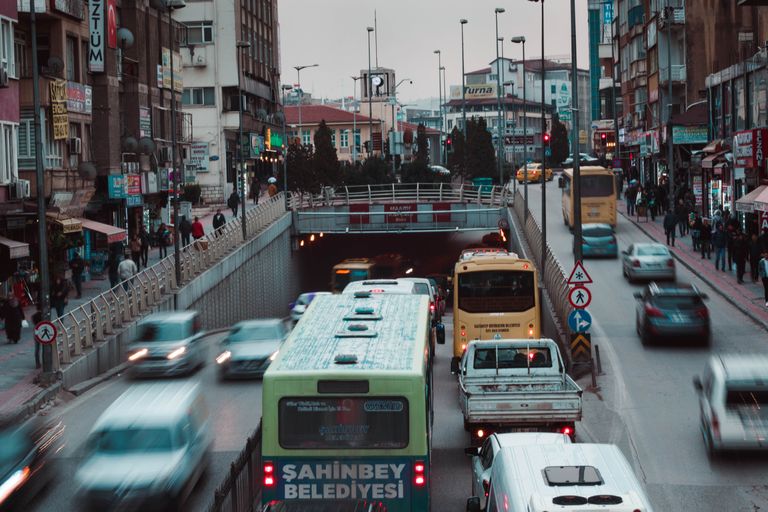
Traffic jam is an old scar in Dhaka City. It has been intensifying day by day for the last few days as the lockdown has been withdrawn. It has become a common phenomenon in different areas of Dhaka City. It is also noticed that even during lockdowns, there were traffic jams in the Dhaka city.
Violating traffic rules, lack of strict traffic rules, the undutifulness of traffic polices are also responsible behind trafficjam. Due to influx of people from rural areas in Dhaka, a huge number of rickshaws are observed in the city. Rickshaws along with the slow moving vehicles create unexpected jam in the city. The growth rate of population has drastically increased after 1974.
Traffic jam is a dreadful curse in our busy life. It is very boring and time-killing.
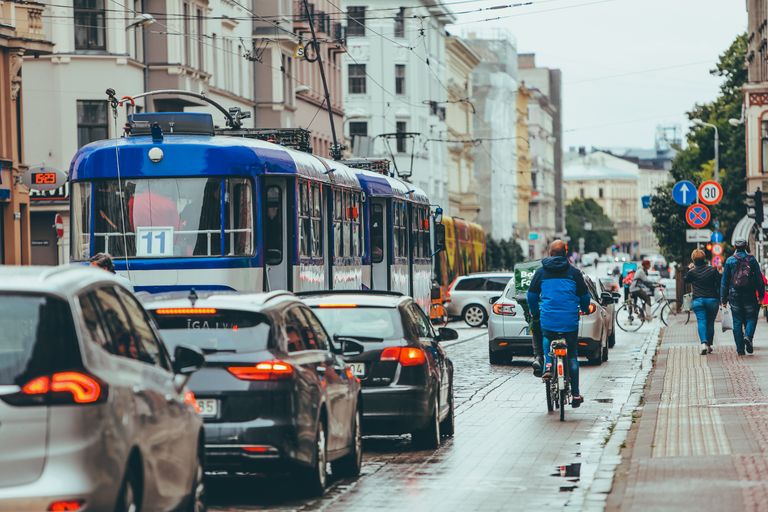
The net migration to Dhaka city made the growth rate much critical. The city had to suffer a lot as job opportunities and infrastructural development did not grow proportionately. It snatches away much valuable time. The city people are using mostly rickshaws and local buses to get into and out of the city. Traffic jam becomes severe at the time of starting and breading of various offices and schools. Along with the public and privately owned vehicles, these rickshaws and buses make the city a jammed one. The average traffic speed in Dhaka has fallen from 21 kmph to 7 kmph in the last 15 years.
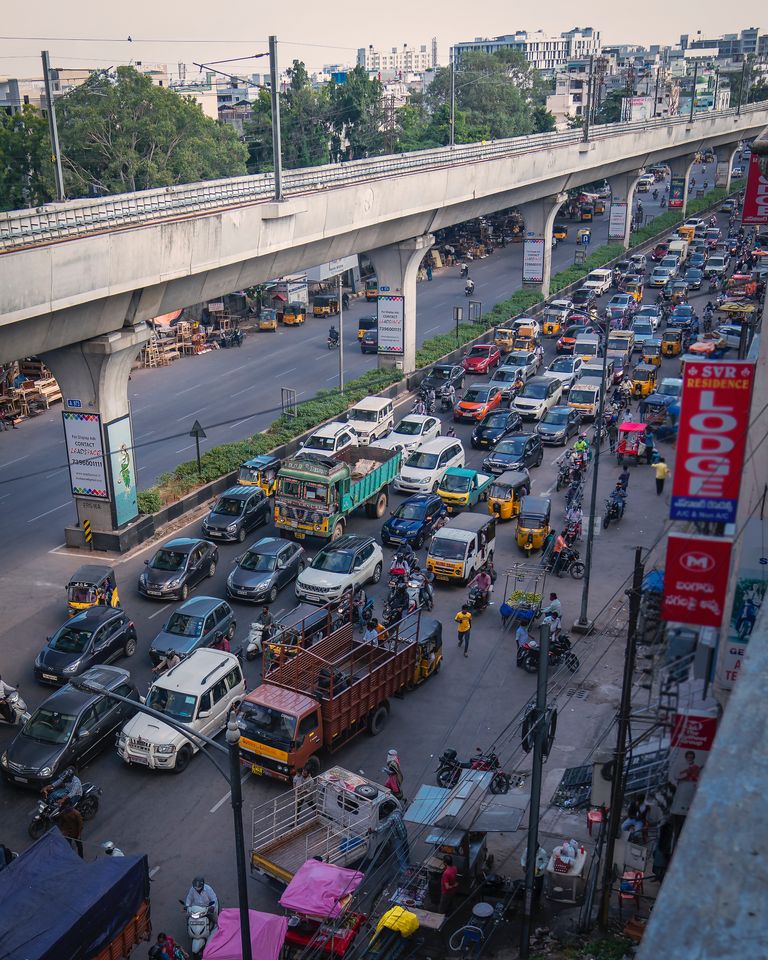
This might so happen that the speed would be 4 kmph by 2035 (According to a World Bank Report). In another study, carried out by BRAC Bank, it is found that the traffic jam ruins around 5 million work hours every day. Indirectly, traffic jam hinders our national develpoment. If we convert this into money, it is almost the losing of $11.4 billion per year. So it is the cost of time lost in traffic jam and also the money lost on operating cars for extra hours.
So traffic jam is not acceptable at all. To remove (Traffic jam) we all should be aware and sincere.
The government and the authority should take proper steps.
The average traffic speed in Dhaka has fallen from 21 kmph to 7 kmph in the last 15 years. This might so happen that the speed would be 4 kmph by 2035 (According to a World Bank Report).
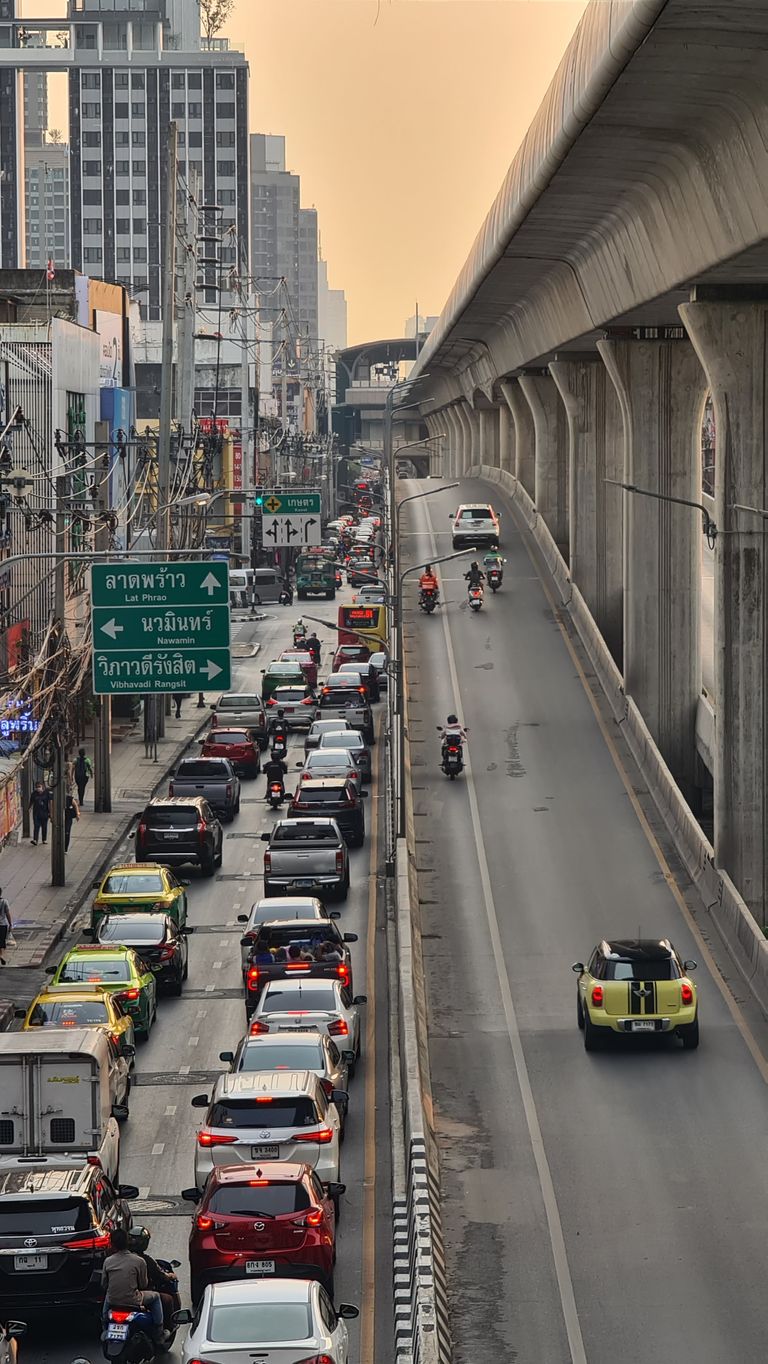
In another study, carried out by BRAC Bank, it is found that the traffic jam ruins around 5 million work hours every day. If we convert this into money, it is almost the losing of $11.4 billion per year. So it is the cost of time lost in traffic jam and also the money lost on operating cars for extra hours. Managing heavy traffic is not a matter of joke and it also causes serious mental agony. At least 90 percent of buses, minibuses, and auto rickshaws do not follow traffic rules (According to a Survey Carried out by Passengers Welfare Association).
Roads should be widened, unlicensed vehicles and drivers should be banned, strict traffic rules should be applied etc. In the current year, from 01 January to 30 April, 1,841 people of different ages were killed and almost 5,471 injured. Most of the injured persons are unable to lead a normal life which entails economic and social cost like healthcare, rehabilitation and other property damages.
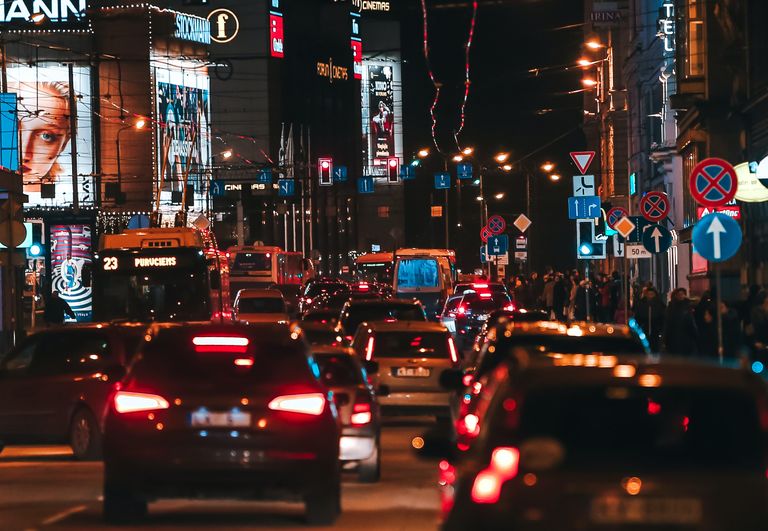
This cannot be measured in terms of money. In the year 2020, it was more serious than what is observed from January to April in 2021. There are a number of reasons behind the traffic jam in the city. Few of those are inappropriate traffic system, lack of awareness etc. We also find few more causes like unskilled drivers, unfit and unusable vehicles, narrow road conditions and unplanned urbanization. Most importantly, slow moving manually driven vehicles run alongside the high powered engine driven vehicles almost in all roads in the city. To manage this mixed traffic, the number of traffic police is too meagre to explain.
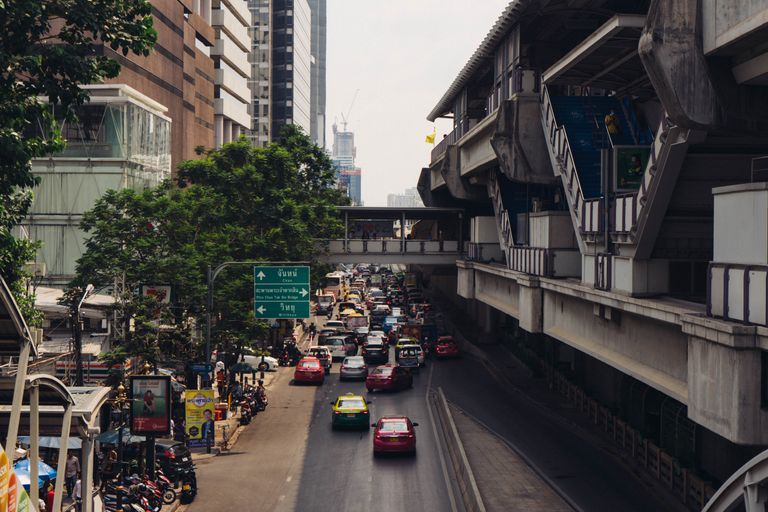
For the purpose of improving the traffic situation in Dhaka city the government has undertaken few positive steps. Those are, widening the roads, footpath expansion, constructing flyovers and overpasses, introducing U-loops etc. If we consider the economic growth of the country, Dhaka contributes 36 percent of the total GDP of the country. For the purpose of employment opportunity, the city has created 44 percent of total employment. In the present days, in developed countries, the traffic is being maintained through automatic signalling. In our country it is still far away to introduce the latest system. Like Dhaka city other cities (port city Chittagong) are also experiencing terrible traffic jam.
Behavioural patterns of all concerned need to be improved. The drivers and other road users break traffic laws. Our experts from BUET suggested that at least 40 percent traffic jam can be removed by managing traffic system and developing consciousness among the common masses. Different studies show that there are as many as 5 million vehicles plying the roads of Bangladesh, out of which 3.1 million vehicles are registered. Dhaka city alone absorbs almost one million vehicles. This has turned into a social problem. The government should undertake necessary steps to bring this situation into normalcy. Various awareness programs like safe driving, traffic management week, displaying visual boards, showing traffic system can be introduced by the authority.
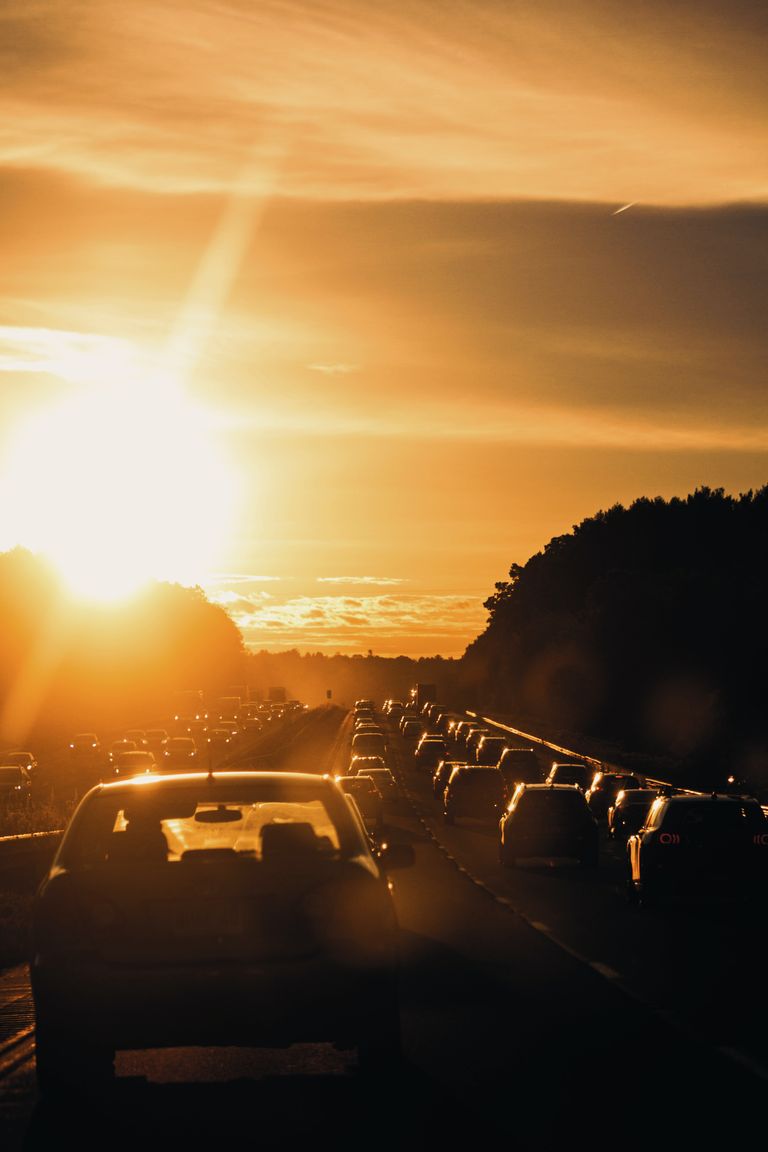
The most congested areas in the city are Mirpur, Farmgate, New market, Mouchak and Malibagh crossings, Maghbazar, Gabtali and Aminbazar (on the entry of city), Matizheel and Gulistan area etc. Another big traffic jam area is the old Dhaka which always remains as the mystery of proper causes. Lack of disciplined bus services and along with the increased number of rickshaws made the traffic jam more intolerable for the city dwellers. For this reason, in many areas we find manual signalling by traffic police. These are very tiring and colossal for them to manage huge volume of vehicles during peak hours and create chaos and confusion between the drivers and traffic polices. Always we find there altercations between the traffic police and road users, which often create huge tailback and gridlock in the city. Almost 15 percent traffic jam occurs due to the ineffective handling of traffic by the traffic policemen. In many important areas in the city, unauthorised parking makes the roads narrow to be used by vehicles. In many cases, traffic police are found in a fix to manage the situation. It is to be mentioned that, if we can introduce double-decker buses of 60 seats in the city, at least 25 rickshaws/auto rickshaws would be reduced.

It can help in removing traffic congestion and at the same time air pollution can also be controlled in the city. Most of the rickshaws are found without proper documents and do not have legal permission to ply city roads. Most of the rickshaw pullers do not have any training or experience to drive in the city. They move helter-skelter, cause unusual congestion and also commit accidents. In many squares and junctions, signalling arrangements inadequate. Even if there is any, drivers are less bothered about following those. Most of the rickshaws are found without proper documents and do not have legal permission to ply city roads. Most of the rickshaw pullers do not have any training or experience to drive in the city. They move helter-skelter, cause unusual congestion and also commit accidents.

In many squares and junctions, signalling arrangements inadequate. Even if there is any, drivers are less bothered about following those. Traffic jam is also time specific. During holidays and weekends, the severity is less than in the week days. As schools, colleges and varsities were shut down due to corona pandemic, the traffic jam was less. During school hours in the morning and afternoon, the traffic jam seems much more than that of other hours of the day. Another trend that is observed during and after office hours, especially from morning 0800 to 1000 am and 1730 in the evening onwards, the rush seems more. It is being observed that most of the time the common masses undergo the trauma of traffic rush in the city.
How best we can fix the issue is the time demand for the city dwellers. NGOs may come forward to work hand in hand with the government. The number of rickshaws in the city can be reduced and more roads need to be made rickshaw free. If rickshaws are required at all, separate lane should be marked for them. There should be no violation of discipline in this aspect. NGOs can arrange courses on traffic management where representative from all stakeholders will take part. This will create awareness at all levels. NGOs can take part in constructing flyover hand in hand with the government. The expense can be mitigated through collection of tolls from the road users. Enough corrective measures can be taken by fixing CC cameras at important intersections.
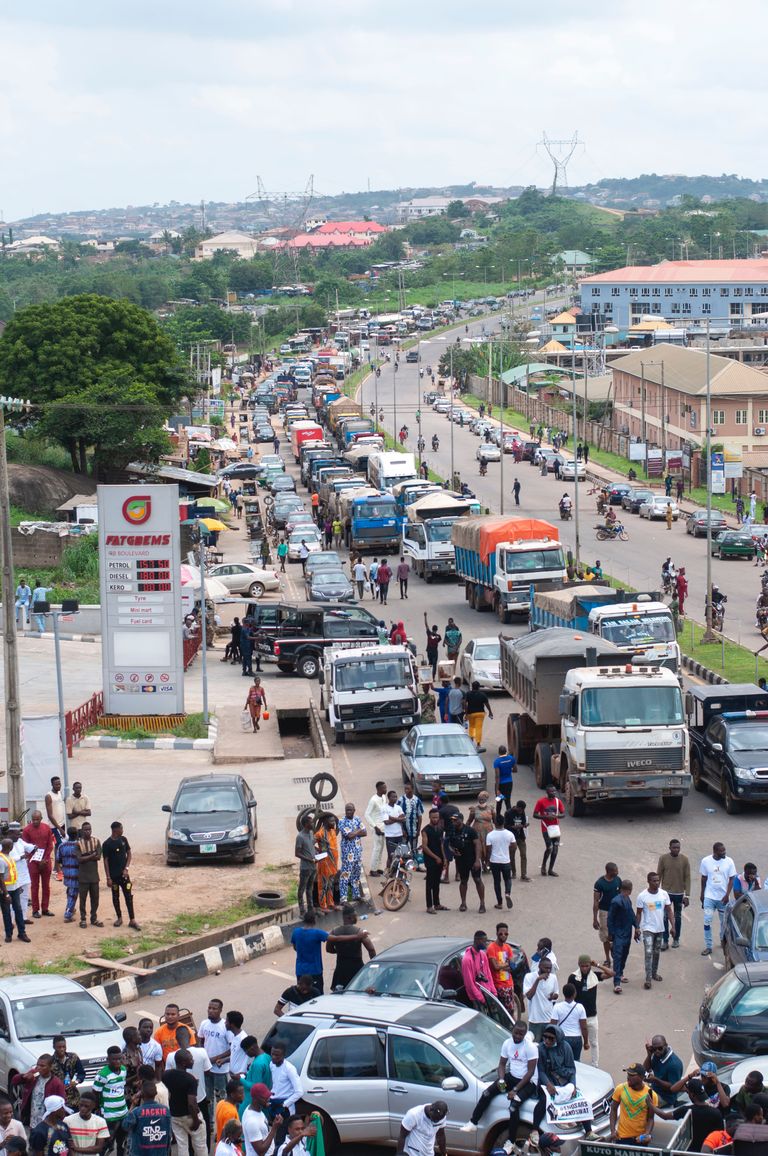
The violators of the traffic system can be brought under the traffic act/laws. It is a matter of great concern that legal driving licences and fitness certificates are not issued under proper scrutiny of the authorities. These cases should not be repeated for the betterment of the transport sectors. In all the entry points of Dhaka City there should be a surveillance system so that vehicles without proper documents cannot enter the city. This will reduce the rush during peak hours. There are number of garment factories those should be shifted from city heart and resettle in the peripherial areas. Illegal occupants like rickshaws, trucks, roadside shop owners and hawkers should be barred to occupy road spaces. There may be some awareness programs about traffic laws among the drivers and other road users.
Introducing a trustworthy public transport system can ease up many issues of the traffic jam. As per the survey result of BRTA, in 2016 almost 20,304 new vehicles were added in the traffic of Dhaka city. It means that almost 60 cars added up everyday.

Parking is directly proportional to the vehicles that are instantly available in a particular area. Though the vehicles are increasing daily but the parking spaces do not increase in that way, which results in unauthorised parking and making traffic jam more intolerable. Roadside parking of trucks and unloading of goods create traffic jam. This must be stopped by the mobile surveillance team.

The government has already taken a host of modern projects to eliminate traffic jam. There will be three ring roads to divert traffic from the city centre. Five metro rails, two rapid bus routes and approximately 1,200 kilometres of new roads will be introduced shortly in the capital city. The above projects are already in various phases of implementation. Most importantly, administration should be decentralized so that the population is also scattered and can get services elsewhere other than the capital. Over population is one of the main causes of traffic jam. Surprisingly, in every year almost half a million people are adding up to the city of 18 million people. Industrial units, readymade garments and other government establishments need to be relocated outside Dhaka. At the same time, connectivity with highway, railway and waterways should be planned accordingly.
The following recommendations may be made that may help to get some relief from traffic jam and manage traffic efficiently:
♦ Strict compliance of traffic safety rules and increasing working hours of a person.
♦ Increasing mass transport system and thereby reducing individual trips;
♦ Introducing entry tax in pick hour on individual vehicles; Dedicated lanes for the vehicles of specific speed limit; Widening of roads and increasing number of lanes where possible;
♦ No unauthorized parking beside road or footpaths and
♦ Avoiding right turns in the main roads;
♦ Incorporation of additional traffic control measures to manage the rush hours;
Those will certainly enhance the time efficient movement in the city.

